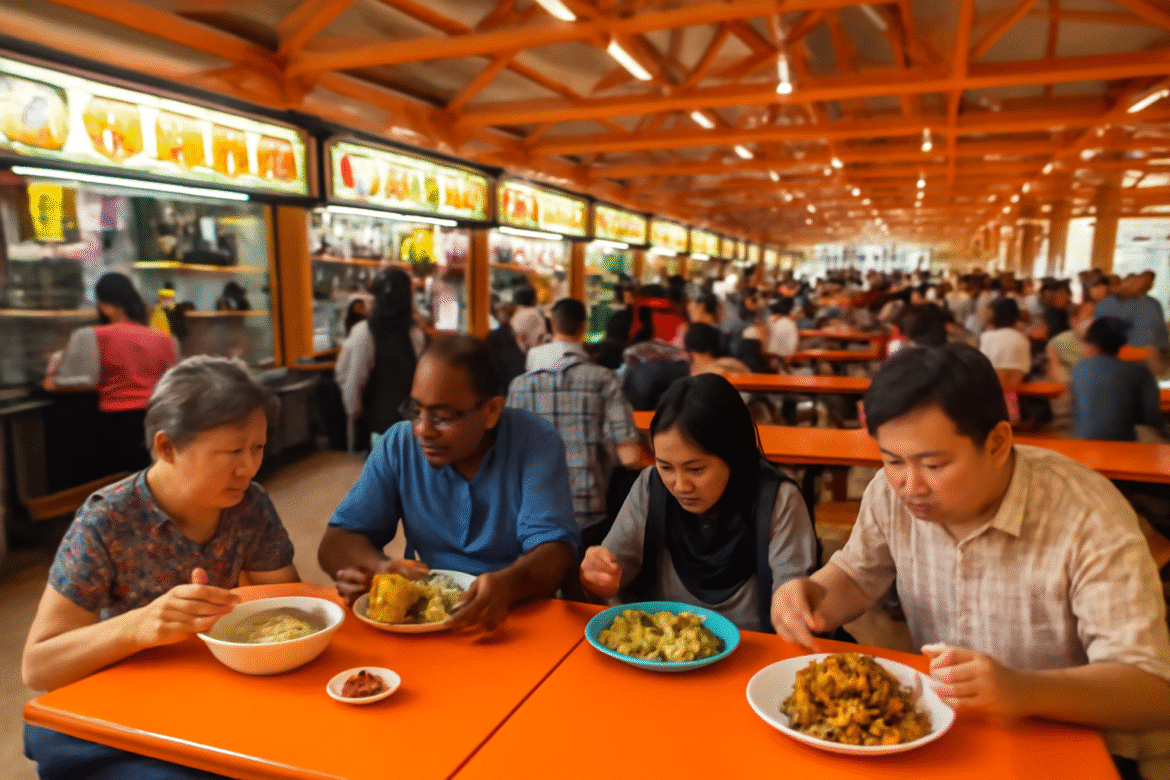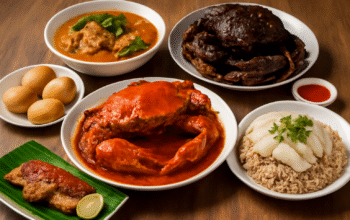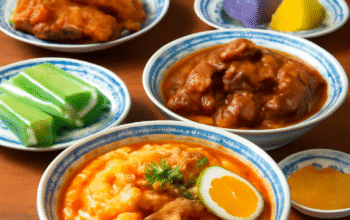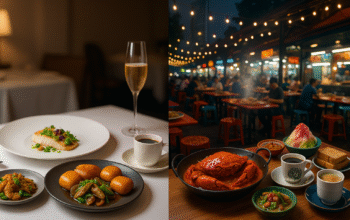Hawker centres have long been an essential component of Singapore’s culinary heritage, providing affordable, diverse, and authentic local dishes in a communal setting. These food hubs are a unique representation of the city-state’s multiculturalism and offer a window into the daily lives of Singaporeans, making them much more than just places to eat.
Originally conceived as a solution to street food vendors operating in unsanitary conditions, hawker centres emerged in the 1970s as government-backed initiatives to regulate food safety and improve public health. Over the decades, these centres have flourished, becoming essential parts of Singapore’s food culture and social life.
Hawker centres are iconic because of their diverse offerings. They present a culinary cross-section of Singapore’s ethnicities, drawing influence from Chinese, Malay, Indian, and other regional cuisines. As a result, they represent the melting pot that Singapore is known for, with popular dishes such as roti prata, chicken rice, and laksa offering a flavor-packed representation of the nation’s cultural mosaic. Each stall in a hawker centre typically specializes in a single dish, allowing for a high level of expertise and authenticity.
The wide variety of food is just one reason why hawker centres hold such significance in Singaporean culture. The affordability factor also plays a major role in their popularity. Meals in hawker centres are budget-friendly, making them accessible to people across all income levels. This affordability is key to ensuring that Singaporeans from all walks of life can enjoy high-quality, delicious meals, further embedding hawker centres into the country’s social landscape.
Beyond the food, hawker centres are spaces where community and culture intertwine. The informal, open-air environment fosters a sense of camaraderie, as patrons often share tables with strangers. This communal dining experience is a hallmark of Singapore’s dining culture and contributes to a sense of belonging and togetherness. The shared experience of enjoying food in such a setting reinforces the social fabric of Singapore and reminds people of the country’s collective identity.
The role of hawker centres in preserving traditional recipes and culinary techniques is also invaluable. Many hawker stall owners, some of whom have run their stalls for decades, are custodians of family recipes passed down through generations. This passing down of knowledge ensures that traditional dishes remain alive, despite the rapid modernization of Singapore. It is in the hawker centres where one can still savor authentic, time-honored meals like laksa, bak kut teh, and prawn noodles.
In 2020, Singapore’s hawker culture was inscribed on UNESCO’s Representative List of the Intangible Cultural Heritage of Humanity. This recognition elevated the global profile of hawker centres, acknowledging their importance not only to Singapore but also to the world. It also highlighted the cultural and historical value of these food hubs, ensuring that they will continue to thrive and evolve.
With the rising popularity of food tourism, hawker centres have become a key attraction for visitors to Singapore. Tourists from around the world flock to these food courts, eager to sample Singapore’s rich culinary offerings. This growing interest in hawker food has also sparked innovation, with younger chefs experimenting with new twists on traditional dishes. Despite these modern influences, the authenticity and tradition of hawker food remain central to the experience.
Hawker centres are far more than just places to enjoy inexpensive meals—they are cultural institutions that play a pivotal role in preserving Singapore’s culinary heritage while fostering a sense of community. They offer an unparalleled opportunity to taste authentic, diverse, and high-quality food, all while reflecting the nation’s identity.




